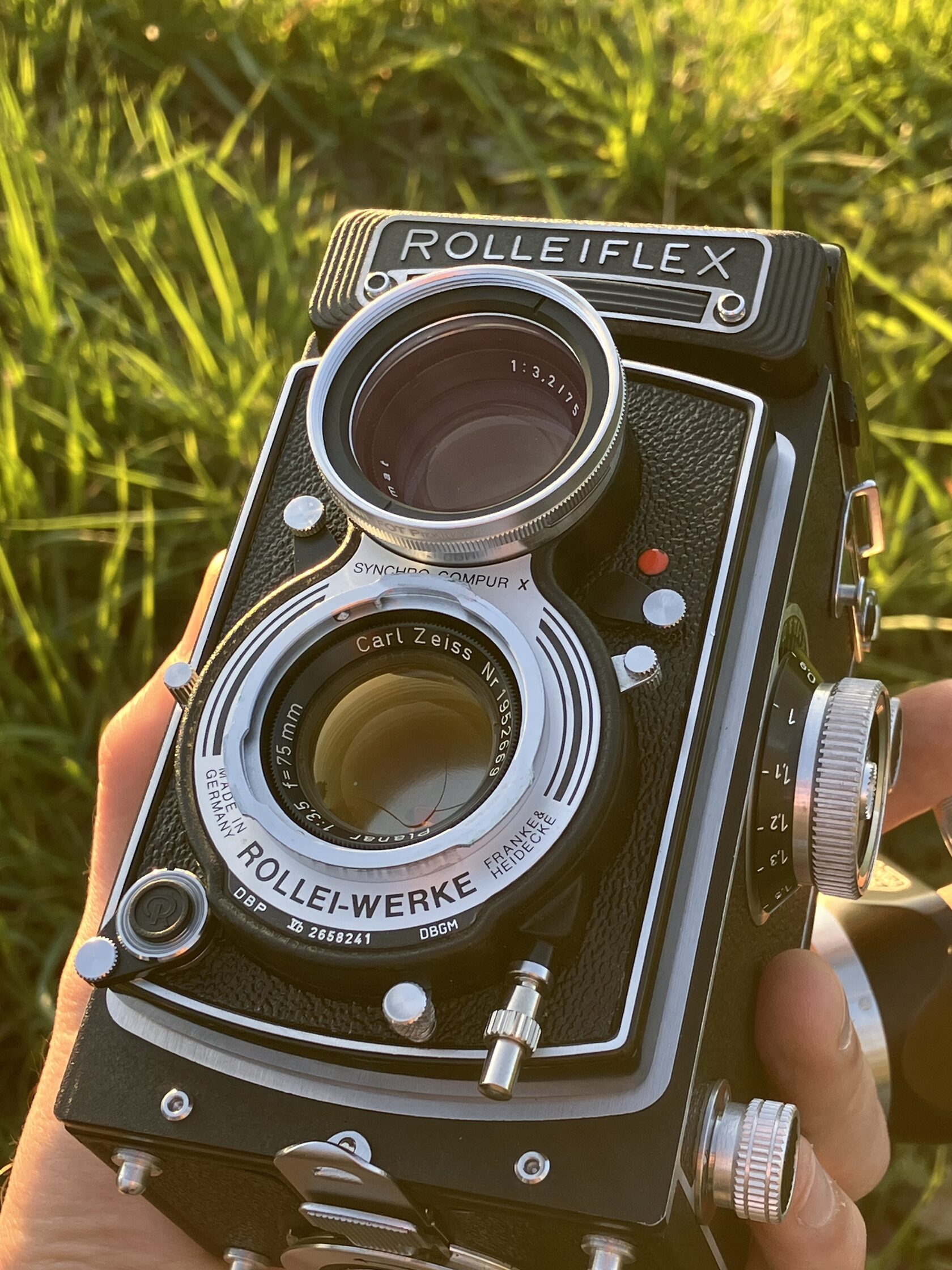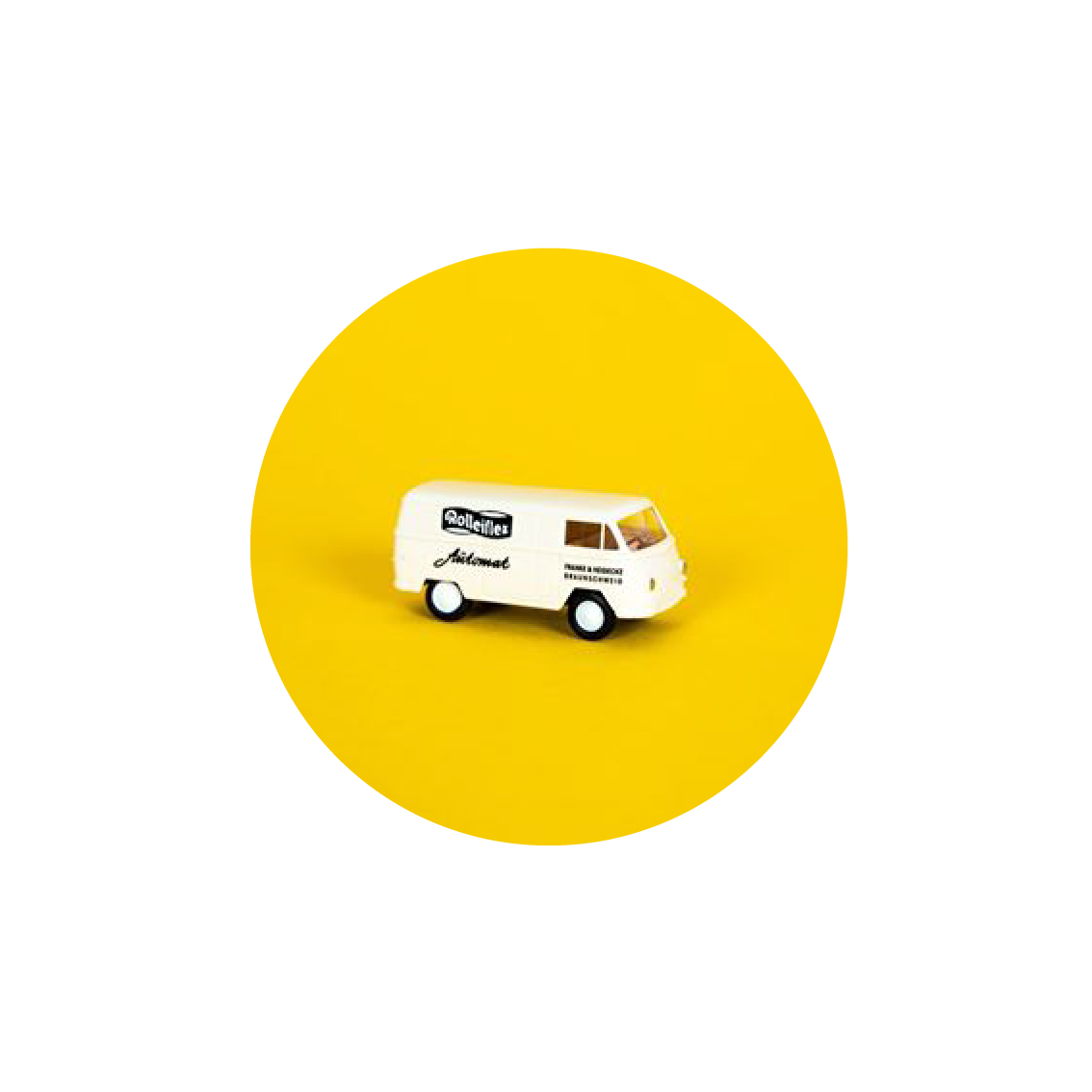Carl Zeiss Planar 75/3.5
(5-element version)
Today might mark a new beginning for this blog. I truly hope to return to active writing and share the knowledge I’ve accumulated over years of studying optics, cameras, and their intricacies.
The urge to resume publishing has been brewing for a long time—there’s a wealth of material gathered from books, discussions in niche communities, and, of course, personal experience. I’ve not only collected this knowledge but also tested it in practice. Now, I want to share it with you—without excessive academic jargon, but with a focus on the essence.
Where to start? With a lens.
And not just any lens, but the Carl Zeiss Planar 75mm f/3.5—the first five-element version.
Why this one?
Personal project: I’m currently finished working on a hybrid camera combining the Rolleicord Vb and Rolleiflex 3.5E, where this lens will take center stage. For my project, I chose a professionally restored front lens, it was re-polished and coatings reapplied. The result? Subjectively, the quality has improved dramatically and looks just beautiful now!
Replica attempt: I’m exploring the possibility of maybe recreating its design to be used on my further projects.


Release Years | Model | Key Features |
1956 | Rolleiflex 3.5E / 3.5C (Type 1) | - First to feature the 5-element Carl Zeiss Planar 75mm f/3.5 lens. - Companion lens: Heidosmat 75/2.8. - EVS (Exposure Value System) introduced. - Optional uncoupled selenium light meter. |
1957–1959 | Rolleiflex 3.5E (Type 2) | - Internal improvements including a more reliable shutter mechanism. - Optional coupled light meter. - Offered with Planar or Schneider Xenotar 75/3.5. |
1958–1960 | Rolleiflex 3.5F (Type 1) | - Retained Planar or Xenotar lenses. - Featured fully coupled Gossen light meter, brighter viewfinder. - Shutter/aperture EVS coupling (not liked by many). |
1959–1962 | Rolleiflex 3.5E2 (Types 1 & 2) | - Externally similar to 3.5E Type 2, but with interchangeable waist-level finder. - Highly desired by professionals at the time due to low popularity of the 3.5F Type 1. |
1960 | Rolleiflex 3.5F (Type 2) | - Planar or Xenotar lenses. - Minimal cosmetic updates over Type 1. - Finally introduced uncoupled aperture and shutter speed settings. |
1960–1965 | Rolleiflex 3.5F (Type 3) | - Final production refinements. - Some models begin using the 6-element Planar 75/3.5. - Enhanced internals and finish. |
1961–1965 | Rolleiflex 3.5E3 | - Nearly identical to the 3.5E Type 2 with interchangeable WLF. - Seen as a bridge to the 3.5F Type 3. - Already utilizes the newer 6-element Planar 75/3.5. |


5 elements: The lens patent US2744447 was filed on June 14, 1954. The designers, Johannes Berger and Günther Lange, stated that this configuration achieves a balance between critical aberrations to deliver high-quality imaging.
This five-element version became the first Double Gauss-type lens for the Rolleiflex 3.5 series of twin-lens reflex (TLR) cameras. It excels in suppressing chromatic aberrations, astigmatism, spherical distortions, and coma. The only compromises are slightly increased field curvature and a minor degradation of astigmatism at close focusing distances.
The Planar 75/3.5 isn’t just a lens—it’s a piece of history. The five-element version laid the foundation for Rollei’s TLR cameras, while the six-element iteration responded to competition from Hasselblad. But above all, it’s about aesthetics. Images from the five-element Planar possess a unique charm that’s hard to quantify with charts.

Technical Details
- Optical design: 5 elements using Schott glass (SK16, SF14, SF15, LaK11, SF4).
- Notable feature: The penultimate element (LaK11) uses lanthanum crown glass with natural radioactivity (safe levels).
- No overengineering: The design is concise yet effective—the developers delivered on their promise of balanced aberrations.

Aesthetics.
The five-element Planar delivers soft, “watercolor-like” bokeh what is pretty "unusual" if you know how the Planar 75/3.5 of the 3.5F type 4 usually rendering, the six-element version offers more structured rendering. Comparing them directly is pointless—they’re different tools for different creative needs. Certainly, the 5-element Planar 75/3.5 exhibits a distinctly pronounced sense of depth in images, especially on medium-to-close-up planes. It effectively separates the background in the "old" way, making the image lively and three-dimensional. However, the lens does not demonstrate strong resolving contrast; at times, it appears overly soft, particularly noticeable when used wide open (at full aperture).
Sample Images 1
All images made with the Rolleiflex Vb special build with Carl Zeiss Planar 75/3.5 5-element lens used a special 16-frames mask on Kodak Gold 200 dev in Jobo rotary machine
Sample Images 2
All images made with Rolleiflex 3.5E with the Carl Zeiss Planar 75/3.5 over the last 15 years
